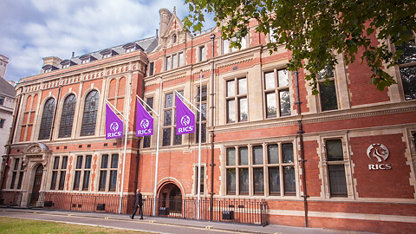Every so often, a revolutionary digital break-through emerges. The most recent being a technology allowing a decentralised, reliable and verifiable record of transactions, which is maintained across multiple computers using peer-to-peer networking and cryptography – blockchain.
Blockchain came to public prominence as the digital architecture underpinning Bitcoin and other cryptocurrencies that blossomed following the financial crash of 2008. It soon found potential applications in other fields, including a wide range of sectors in which RICS members and RICS-regulated firms operate.
But where will the technology add value? What are its limitations and risks? And how likely are today’s professional firms and other industry players to take advantage of the opportunity that blockchain represents?
This practice information provides a balanced view of the outlook for blockchain, its application to the real estate, built and natural environment and construction industries, and what it could mean for RICS members and RICS-regulated firms looking to stay at the forefront of innovation.
Published date: 02 September 2024
“Who can imagine running a business today without access to the internet? We may well be asking the same question about blockchain in the future ”
Tim Neal, FRICS
President, RICS
This practice information:
- provides an explanation of how blockchain operates
- analyses its potential and its limitations
- discusses the problems it can solve.
The practice information also utilises a range of case studies to illustrate the applications of blockchain across the real estate, built and natural environment and construction sectors.










